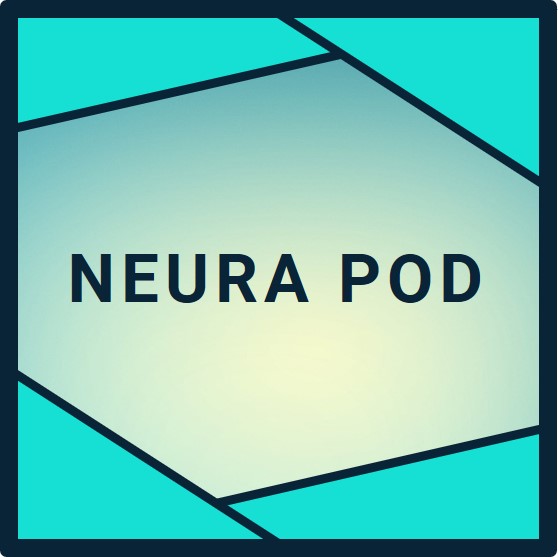- Neuralink advances brain uploads by recording over 1,000 neural channels and developing brain simulators that train AI decoders for real-world control, forming the foundation for digital mind emulation.
- Company simulations already transfer high-performance policies from virtual motor cortex models to live implants, demonstrating progress toward full-brain simulations essential for consciousness uploads.
- Elon Musk outlines immortality through Neuralink by saving and uploading mind states to robots, with 2025 trials and next-generation threads positioning full-brain interfaces within a decade.
Neuralink's Foundation for Brain Emulation
Neuralink builds toward brain uploads with its N1 implant, which records and stimulates thousands of neurons in real time. The device uses 64 flexible threads to access 1,024 electrodes in the motor cortex, capturing spike data at high fidelity. This allows paralyzed patients to control cursors and robotic arms at speeds matching able-bodied users.
Current human trials, with 14 implants as of October 2025, log over 15,000 hours of use. Participants achieve 7-10 bits per second in thought-to-action translation. Elon Musk emphasizes this high-bandwidth interface as the first step to AI symbiosis, where human consciousness merges with computation.
Whole brain emulation requires mapping all 86 billion neurons and trillions of synapses. Neuralink scales via multi-implant systems, targeting deeper brain regions with longer threads in 2026 cohorts. These reach subcortical areas like the hippocampus for memory and thalamus for sensation.
Brain Simulations Power Neuralink Progress
Neuralink employs advanced brain simulators to model motor cortex activity, accelerating decoder development. Reinforcement learning agents train in these virtual environments to maximize control efficiency, then deploy to real implants with minimal recalibration.
A January 2025 update showed simulated policies achieving superior cursor performance, transferable to monkeys like Pager. This closed-loop system validates simulation accuracy, essential for emulating full minds. Future expansions simulate entire brains, enabling offline testing of upload protocols.
By 2028, Neuralink plans 25,000 channels per implant, supporting gigabit data rates. Combined with xAI's Grok, these simulators reconstruct thought patterns, bridging biological and digital realms. Elon Musk notes this symbiosis maximizes universe understanding, a prerequisite for simulated consciousness.
Steps Toward Digital Immortality
Brain uploads offer immortality by copying consciousness to durable substrates like robots or cloud servers. Neuralink's bidirectional stimulation, proven in Blindsight vision restoration, provides the mechanism. Patients perceive camera feeds as native sight, showing the brain accepts simulated inputs seamlessly.
Elon Musk stated in July 2025 that immortality becomes feasible by uploading saved mind versions to humanoid robots. This "digital twin" preserves personality and memories indefinitely. Current tech saves neural snapshots during use, evolving into complete state captures.
Challenges include non-stationarity, where signals drift, addressed by adaptive models. Long-term, gradual neuron replacement via nanobots could transition biological minds digitally without interruption. Neuralink's wireless, scalable design supports this path.
Elon Musk's Roadmap and 2025 Milestones
Elon Musk drives Neuralink with clear milestones. Summer 2025 updates confirmed seven human implants, UAE and Canada trials, and FDA Breakthrough for speech decoding. By year-end, 25 patients receive devices, expanding to 20,000 annual procedures by 2030.
Next-generation threads, three to four times longer, access memory and emotion centers. Dual implants in 2026 enable stereo vision and enhanced control. Elon Musk projects superhuman performance, surpassing natural limits.
Full-brain coverage arrives via swarms of implants, powered by Tesla robotics for precision surgery. Integration with Optimus robots allows mind transfer, realizing multiplanetary consciousness. Risks like thread retraction dropped 80% through coatings, ensuring reliability.
TL;DR
Neuralink edges closer to brain uploads with 1,024-channel recordings, brain simulators training flawless decoders, and bidirectional tech proven in 14 patients controlling devices and perceiving simulated vision. Elon Musk's July 2025 vision of immortality via robot mind uploads gains traction through longer threads and multi-implant scaling by 2026. Simulations already bridge virtual and real, setting stages for digital twins preserving consciousness forever. Under Elon Musk's guidance, 2025 trials herald a decade of symbiosis, securing human minds against mortality for multistellar futures.

